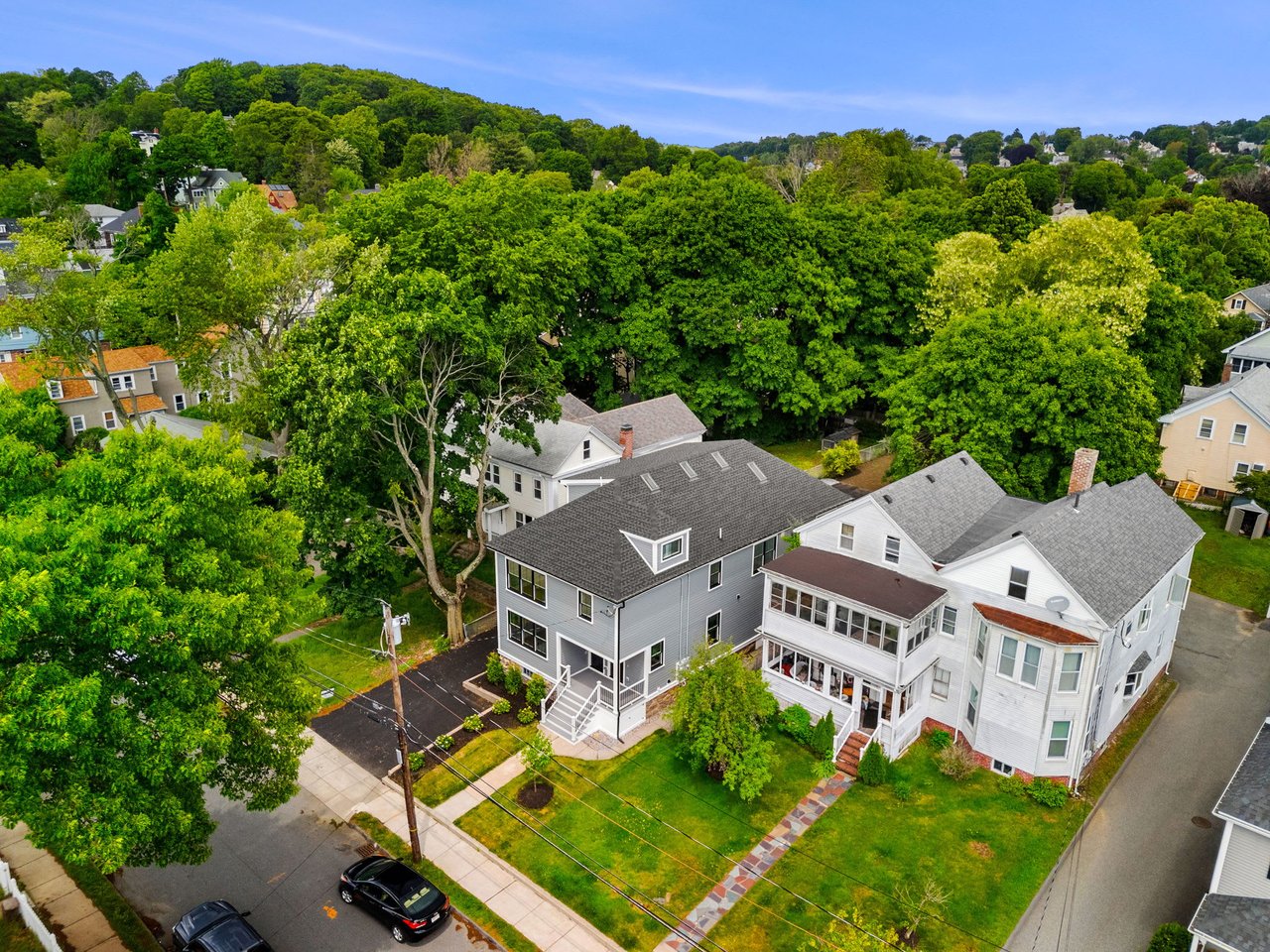In the dynamic realm of real estate, the pricing of properties involves a complex interplay of various factors that go beyond mere brick and mortar. From location to market trends, a multitude of elements contribute to determining the price tag attached to a piece of real estate. Let's delve into the alchemy of property pricing and explore the key factors that shape this intriguing process.
-
Location, Location, Location: The timeless mantra in real estate holds true – location is paramount. Proximity to amenities, schools, transportation hubs, and neighborhood safety all play a crucial role in determining property prices. A property's value can significantly increase or decrease based on its geographical location.
-
Market Dynamics: The ever-shifting tides of the real estate market heavily influence property pricing. Supply and demand dynamics, economic conditions, and local market trends all contribute to the ebb and flow of property values. In a seller's market, prices tend to rise, while a buyer's market may see more competitive pricing.
-
Size and Layout: The size and layout of a property are fundamental factors in its pricing. Larger homes or those with unique and functional layouts often command higher prices. The number of bedrooms, bathrooms, and overall square footage are key considerations that potential buyers evaluate.
-
Property Condition: The state of a property, both aesthetically and structurally, significantly impacts its pricing. Well-maintained homes with modern amenities typically fetch higher prices than those in need of repairs or renovations. The overall condition of the property is a crucial factor for both sellers and buyers.
-
Comparable Sales: Real estate professionals often use comparable sales (comps) to determine a property's value. Analyzing recent sales of similar properties in the same area provides a benchmark for pricing. The prices at which comparable properties have sold can serve as a reliable guide for setting the right price.
-
Economic Factors: Broader economic conditions, such as interest rates and inflation, can influence property pricing. Low-interest rates may stimulate demand, leading to higher prices, while economic downturns can have the opposite effect. Understanding these macroeconomic factors is essential for both buyers and sellers.
In conclusion, the pricing of properties is a nuanced process that involves the synthesis of various elements. From the tangible aspects like location, size, and condition to the intangible influences of market dynamics and economic conditions, the alchemy of property pricing requires a delicate balance. Whether you're a prospective buyer or seller, gaining insights into these factors can empower you in navigating the intricate landscape of real estate transactions.
To get an expert opinion, contact us today for a home value estimate!




